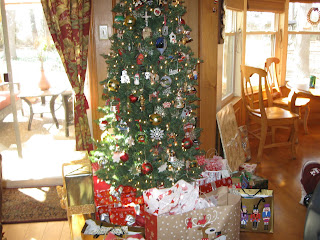We are lucky to have many birds that visit our backyard. One of my favorites is the Painted Bunting. Although it looks tropical, the Painted Bunting is native to our part of Texas.
As is usual for birds the male is the more colorful bird. The female is kind of hard to see in the upper part of the picture below. She is mostly green in color.
We normally see painted buntings at the bird baths so it was unusual to see them under the bird feeders.
Below is a male Cardinal sharing space with a Painted Bunting. We have many Cardinal pairs at our feeders and bird baths every day.












.jpg)







